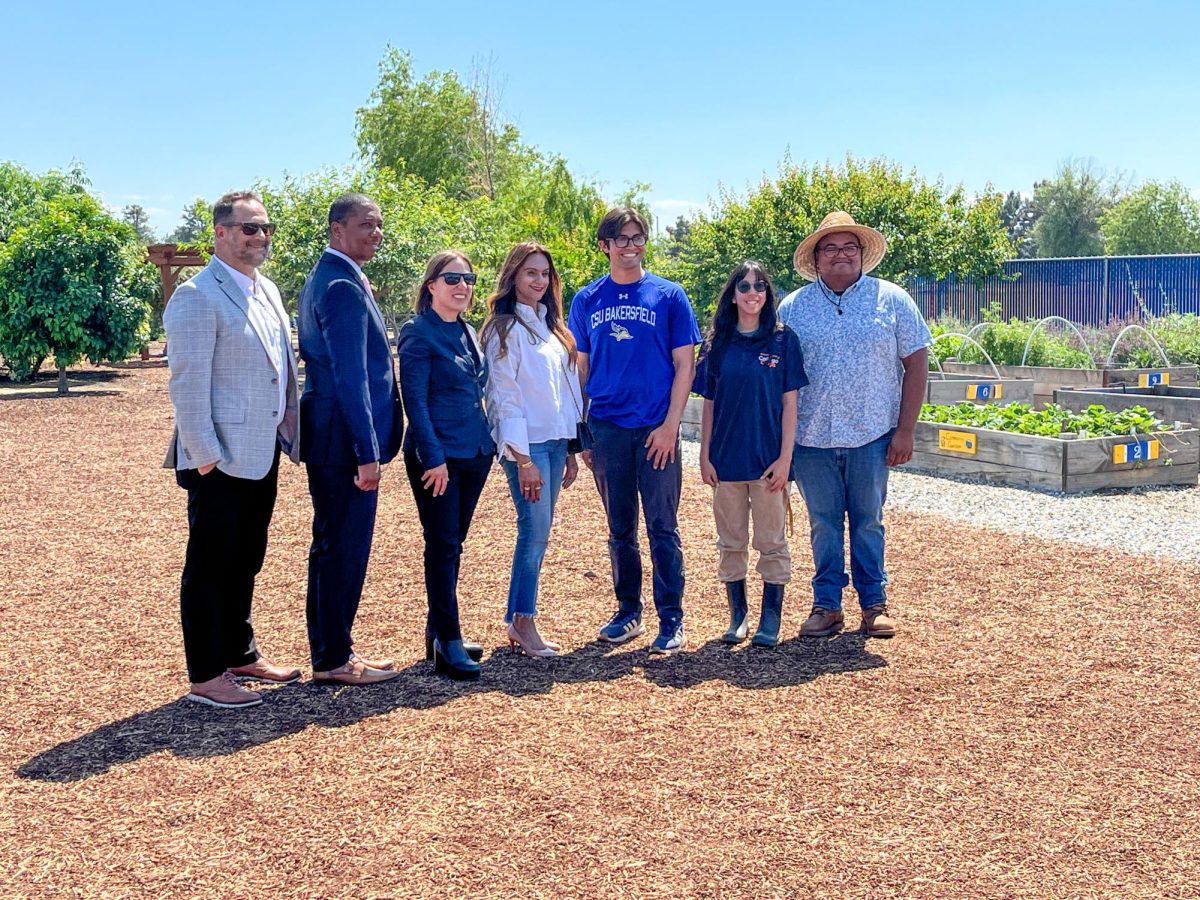Assistant News Editor
A new drone policy on campus could open the doors for exciting research to be done at CSU Bakersfield. The policy, which was passed by the Academic Senate on April 12, creates regulations and guidelines that will allow for the first legal drone flights to occur on campus.
“It’s not just a toy that you put up there,” says Jacquelyn Kegley, former chair and current member of the Academic Senate.“In terms of federal requirements, you’re actually flying an aircraft, so you’re dealing with all kinds of state and federal laws, and for any employee or student of the university to engage in drone research and drone flying, you have to able to comply with the law,” said Kegley.
The new policy was drafted by the Office of Grants, Research, and Sponsored Programs (GRaSP), after requests from both students and faculty to conduct research with small unmanned aircraft systems, also called sUAS, on campus.
According to Imeh Ebong, associate vice president of the GRaSP office, “There is significant interest in the use of sUAS for research in agricultural engineering, biology, and in computer and electrical engineering.”
“The level of interest expressed by a number of individuals seems to indicate that we will see requests for registration in the near future,” added Ebong.
The policy also comes after at least two separate incidents on campus in which people were operating drones on campus illegally. According to Campus Police Chief Marty Williamson, in both instances, UPD was able to find the person responsible and get them to stop recording.
The new policy requires that any students or faculty who plans on flying personal drones on campus be required to do so under the civil use guidelines, meaning they will first have to obtain a remote pilot certificate with an sUAS rating issued by the Federal Aviation Administration.
Any drones owned by the university can be flown without a certificate under the public use guidelines of the policy, though Ebong said he doesn’t think CSUB will purchase and use many drones.
“The use of public aircraft systems by campus, if it occurs, will most likely be for specific research projects sponsored by defense-related federal agencies. In addition, the operation of sUAS by the University Police Department may be exempted from the policy based on the determination of emergency needs,” says Dr. Ebong.
“I believe it can be a valuable tool for law enforcement. We need to assess the benefits against any liability along with training and operating costs first before we decide to propose a drone program for CSUB,” says Chief Williamson about the possibility of Campus PD obtaining and using drones.
“The drones can be used for general patrol and for special events. It can potentially assist with staffing of large events, as a drone operator can view a greater area than one person on the ground,” says Williamson.
In addition to obtaining a remote pilot’s license, prospective flyers must also obtain drone insurance, register their drone both with the FAA and the office of GRaSP, and submit a written proposal to the office of GRaSP at least 30 days in advance of the proposed flight date.
The policy also allows for the President to establish “no-drone zones” on campus, barring airspace permanently in the interest of privacy and security.
“We need to assess this with our campus partners to determine any zones. I think we need to consider many factors, a couple would be potential safety exposures and privacy issues,” says Williamson.
“I think that’s a good idea so that people don’t get in trouble accidentally,” says Kegley on the establishment of no-drone zones.
“People doing this research, and some of it is very good stuff, they’re not out to spy on anybody, they’re out to do research with the drones, and that’s very important.”







